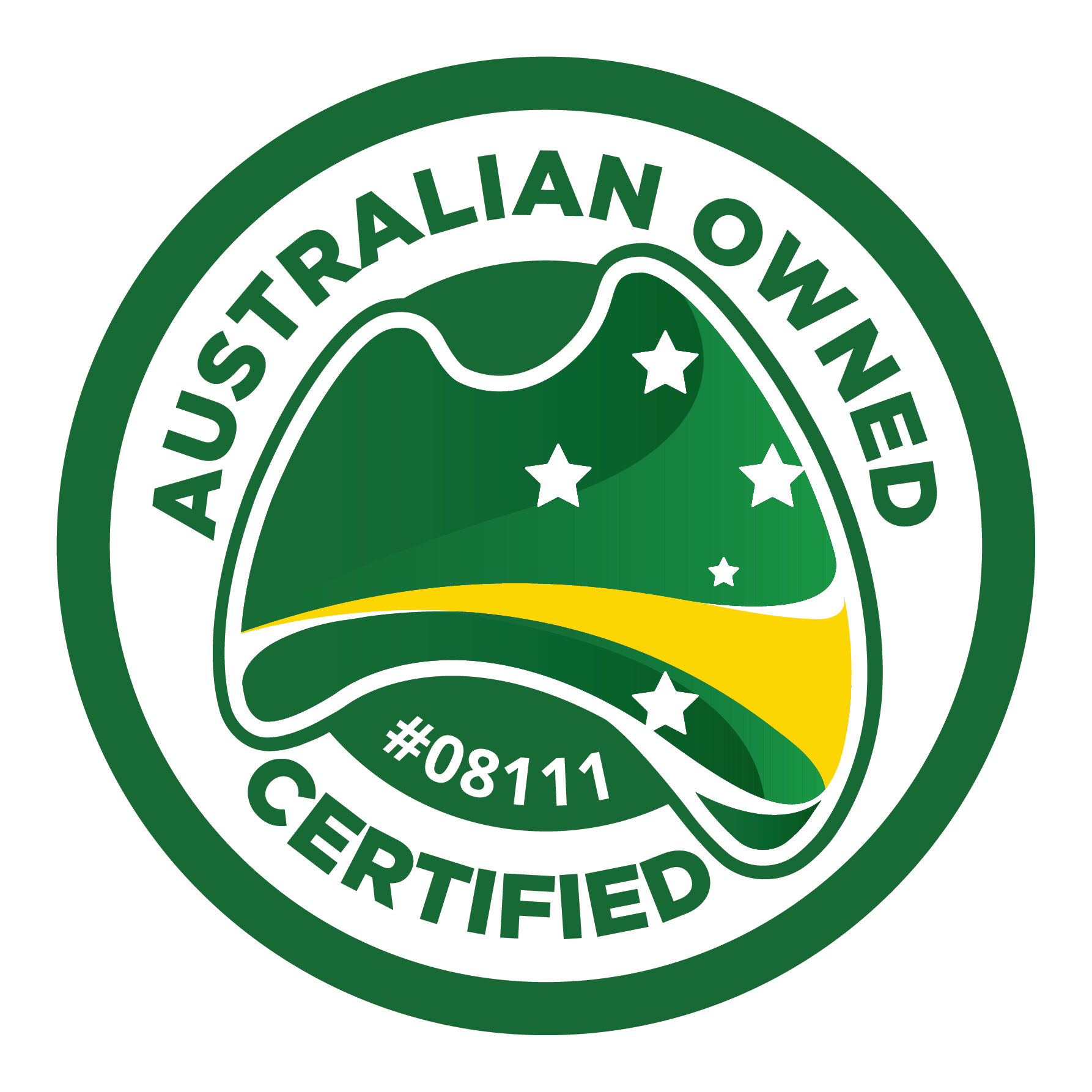LSM BridgeSense® How- It- Works
LSM BridgeSense® provides an effective, simple and low-cost solution utilising known and proven GPS technology for road safety by preventing potential collisions and ensuring compliance with road structure limits.
Driver Input: When the driver starts the vehicle, BridgeSense® prompts them to enter essential information: total vehicle/load weight (including trailers, if any), maximum height, and maximum width. For vehicles with fixed dimensions (like buses), BridgeSense® can be pre-programmed, so the driver isn’t prompted at startup.
Confirmation: After entering the details, the driver reviews and confirms them by pressing a button on the device.
Travel Monitoring: BridgeSense® continuously tracks the vehicle’s GPS location and compares it to a map database containing GPS coordinates and geofences for all road structures, including bridges and tunnels, along with their height, width, and weight limits.
Alerts: If the vehicle’s entered dimensions or weight exceed the limits of an upcoming structure, BridgeSense® issues an audible and visual alert, allowing the driver time to adjust.
Detour Assistance: For larger vehicles, BridgeSense® can guide the driver to an alternate route to avoid the structure, particularly useful in high-traffic areas where turning is challenging.
Automatic Safety Intervention: For added safety, BridgeSense® can interact with the vehicle’s systems. If the driver doesn’t respond to alerts, the system can slow, brake, or stop the vehicle to avoid impact or weight limit violations.


